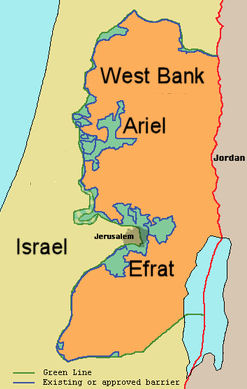 |
The Kerry Peace Initiative was based on the following considerations -
-
The occupation of the West Bank costs Israel dearly -
- Young Israelis were conscripted, brutalised, injured and sometimes killed. Increasing numbers were evading military service.
-
The settlements had to be heavily subsidised, at the expense of Israeli taxpayers
-
Because of the occupation, Israel was losing international support.
- The conditions for a two-state solution were widely understood, so negotiators could be committed to reaching a final agreement, as distinct from an interim agreement, within nine months.
- The Palestinians had deferred the pursuit of UN recognition, and application to the International Criminal Court, to avoid impeding negotiations.
- Hamas, which had spearheaded Palestinian opposition to negotiations, had been weakened by the suppression of the Muslim Brotherhood in Egypt.
- The ruling Israeli coalition was divided, and included Hawks and Doves. If the centre-right coalition rejected reasonable peace proposals a centre-left coalition could be formed without an immediate general election. The Knesset opposition leader, had promised to join Netanyahu's coalition if a peace deal depended on it.
- The EU had offered valuable incentives for a peace agreement.
- Anxiety over Iranian nuclear ambitions might have encouraged the Israeli government to settle quickly with the Palestinians.
-
The Separation Wall, albeit largely built on Palestinian soil, marked a clear distinction between Israel and Palestine. Only extremists could still claim that areas east of the Wall were part of Israel. This implied Israeli acceptance of a separate Palestinian State subject, of course, to provision for Israeli security.
|
